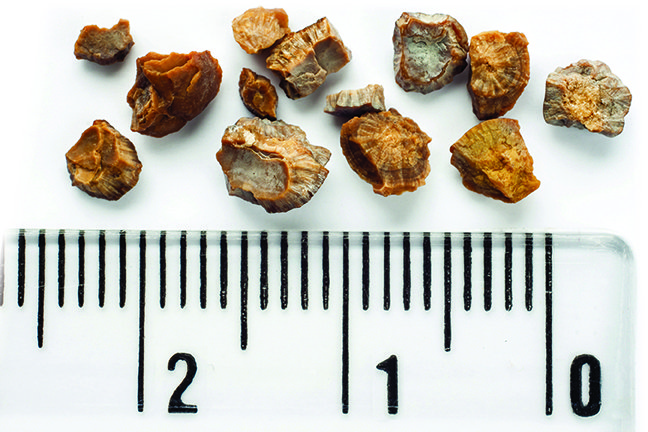Kidney stones are the hard mineral deposits inside the kidneys and cause excruciating pain when they pass through the urinary tract. These stones form when the urine has more crystal-form elements like oxalate, uric acid, and calcium than the fluid in the urine can dilute. Besides, the urine could be lacking the substance responsible for preventing crystallization and thus creating the perfect environment for the kidney stones to form. Around up to 12% of Americans suffer from kidney stones, and once you’ve had a kidney stone, you’re 50% to have another within a decade. There is no proven way of preventing kidney stones, especially for individuals with a family history of the condition. However, there is a combination of some medications, lifestyle changes, and diet that can help reduce the risk.
Cause kidney stones
To avoid kidney stones, you are advised to avoid stone-forming foods such as chocolate, tea, beets, spinach, rhubarb, and nuts. However, there are four types of stone: uric acid, calcium, cystine, and struvite. Uric acid stones are a result of a lack of water in the body. When there’s not enough water in the body to dilute the uric acid, the urine becomes acidic, and stones may form. Calcium stones result from excess calcium retained in the kidneys that aren’t used by the bones and muscles. This excess calcium is not flushed out of the body and combines with other products to form crystals that eventually clump together to form a stone. Cystine stones are rare as they form when cysteine, a substance present in the muscles, accumulate in the urine. Finally, struvite stones contain ammonia and magnesium and can develop after a UTI.
Risk Factors
- Pregnancy
- Recent digestive system surgery
- High blood pressure
- Diabetes
- Obesity
- Lack of physical activity
- Diet high in sodium and protein
- Sex: more common in males than females
- Age
- Family history of the condition
- Gout
- Hyperthyroidism
Symptoms
- Pain in the side of the abdomen or groin
- Vomiting and nausea
- Blood in the urine
- Increased need to urinate
- Fever and chills
- Urinary Tract Infection
- Weakness and fatigue
- Cloudy, foul-smelling urine
- Diarrhea
Preventing kidney stones naturally
Shifting from your current nutritional plan, lifestyle, and diet can play a significant role in preventing kidney stones.
Staying hydrated
Drinking plenty of water is the most effective way of preventing kidney stones. By doing so, the urine will dilute the salt substances that cause the formation of kidney stones. It is advisable that one drinks around eight glasses of water that can pass around 2 liters of urine a day. Orange juice and lemonade are also recommended as they block stone formation.
Eating calcium-rich foods
The dietary calcium binds to the oxalate in the intestines, decreasing the amount of oxalate absorbed into the body and consequently excreted by the kidneys. This helps to lower the concentration of oxalate in the urine, lowering the chance of it binding to the urinary calcium and, consequently, the risk of kidney stones.
Reducing sodium
A high-sodium diet can lead to kidney stones as it raises the calcium amount in the urine. To be precise, the current daily limit of sodium intake should be 2300 mg. If you’ve suffered from kidney stones before, you should limit the intake to 1500 mg daily. This will also be ideal for your heart and blood pressure.
Limiting animal protein
Eating excess animal protein like poultry, seafood, eggs, and red meat increases the uric acid levels in the body and hence a higher risk of kidney stones. This diet also lowers urinary citrate levels, which is the compound that helps to prevent the formation of stones.
Herbal remedies
There are several herbs out there, such as the Chanca Piedra, which is also referred to as the “stone breaker,” which is an excellent remedy for kidney stones. It helps in the prevention of calcium-oxalate formation and also reduces the size of the already formed stones.


